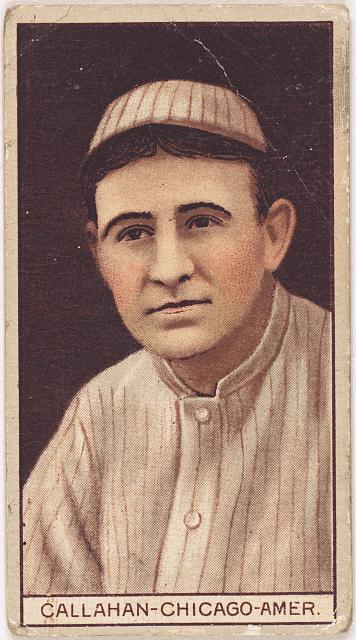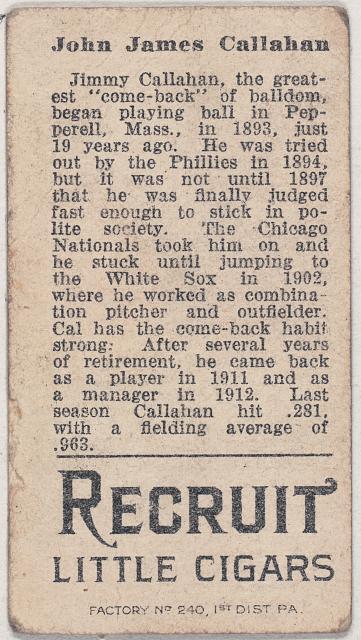At first, I was interested in the game, the Yankees coming to Fenway for the first time in 2012 season.
I was more concerned with seeing our current team battle in a symbolic representation of our nearly 100 year rivalry.
I was not at all concerned with the pre-game ceremonies. As a historian, I was cynically assuming that it would be a massive, commercialized pomp and circumstance over discounted beer and historical ripoff gag gifts. Luckily, for me, I was proven wrong. Dead wrong.
The pre-game ceremony began very quietly with the Yankees leaving the field following batting practice. The Red Sox grounds crew disassembled the batting cages and the field was cleared. Then after a very brief introduction by the public announcement system, silence fell over the field.
Using the center field garage door as the stand-in for Ray Kinsella's Iowa corn fields, Red Sox alumni from bygone years stepped forward to cheering fans and took their position on the field. The main video screen in center field showed a live feed of the player stepping into center field while another screen displayed their name, picture and years of wearing a Red Sox uniform.
Of the dozens of players introduced, the most poignant of all was first baseman Bill Buckner.
 |
| Fig. 1: Bill Buckner takes the field at Fenway Park. |
 |
| Fig. 2: Red Sox Alumni walking back into the symbolic corn fields of Fenway Park. |
The legacy of Bill Buckner needs no explanation here, but in a gesture of gratitude, he was the first first baseman introduced and was able to walk his way to first base before any other player was introduced. This was one of the first players to receive a standing ovation and it was clearly an emotional experience for both Buckner and the fans. Being twenty-six years removed from his infamous play, the demons appeared to have been kept at bay. For the Red Sox have won the World Series in 2004 and 2007, therefore lifting any sort of "blame" on Buckner. He has made his peace with the fans and the media since those many years ago. The romance of baseball is too hard to eliminate and forgive me while I indulge for only a short while.
Watching Bill Buckner emerge from the symbolic corn fields of Fenway Park and take his position at first base reminded me of Terence Mann's (played by James Earl Jones) speech in Field of Dreams,
"The one constant through all the years, Ray, has been baseball. America has rolled by like an army of steamrollers. It has been erased like a blackboard, rebuilt and erased again. But baseball has marked the time. This field, this game: it's a part of our past, Ray. It reminds of us of all that once was good and it could be again."
If Buckner's career being immortalized by one groundball is a tragedy, then I propose that the ultimate redemption came when he could take the field at Fenway Park. Not to throw out a first pitch or hold a championship banner but to walk to first base and be engulfed in applause.
As each player walked onto the field, some more famous and popular than others, some younger, older, able-bodied and wheelchair / walker accompanied, they all shared that bond of being part of 100 years of history. Fenway Park was the ultimate time capsule yesterday during this pre-game ceremony. As fans, we were on hand to see our ghosts of the past take the field. We of course recalled those who were not able to be in attendance, but those who were became immortalized. It was surely no accident that Fenway Park decided to choreograph this ceremony with homage to Field of Dreams. For Fenway has remained constant throughout the years. The field is part of our past, it reminds us of all that once was good and it could be again.
If there were any somber moments during the ceremony they may be found in the complete silence that took over fans. Save for the cheering and applause for each player, there was no talking. The only words heard were "Wow", "My gosh", "I can't believe it." Some of the men sitting near me were fighting back tears of memory and I can honestly say that more than once I could hear the quiet, broken-voiced whispers of, "I wish my father were here."
If baseball is that ultimate American pastime, that ultimate connection between yesterday and today, and that ultimate connection between families, friends and neighbors, then Friday, April 2oth was its ultimate day.






